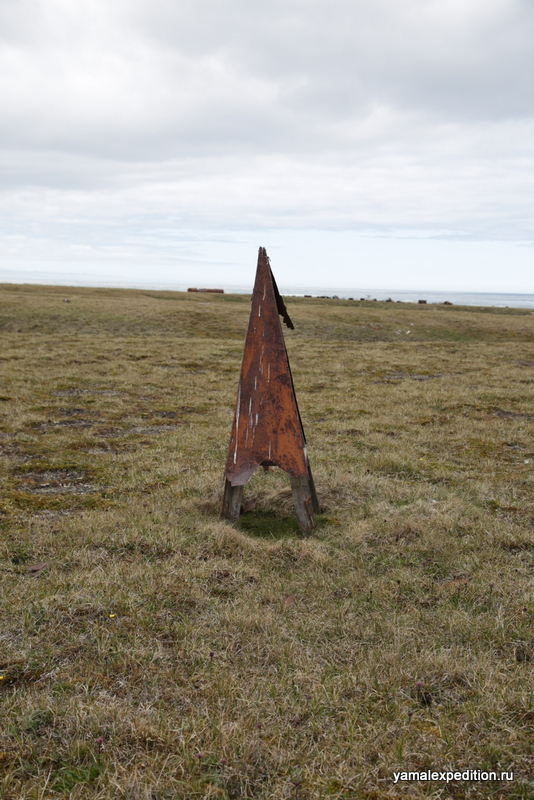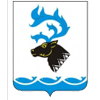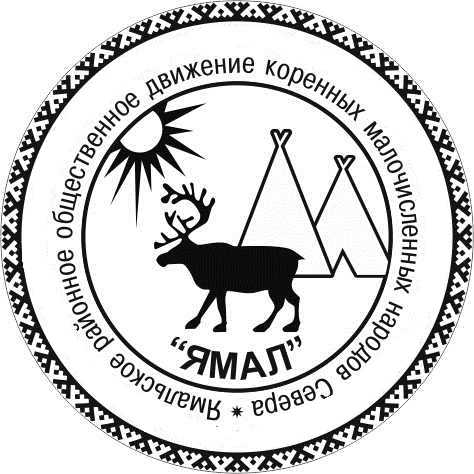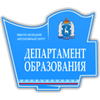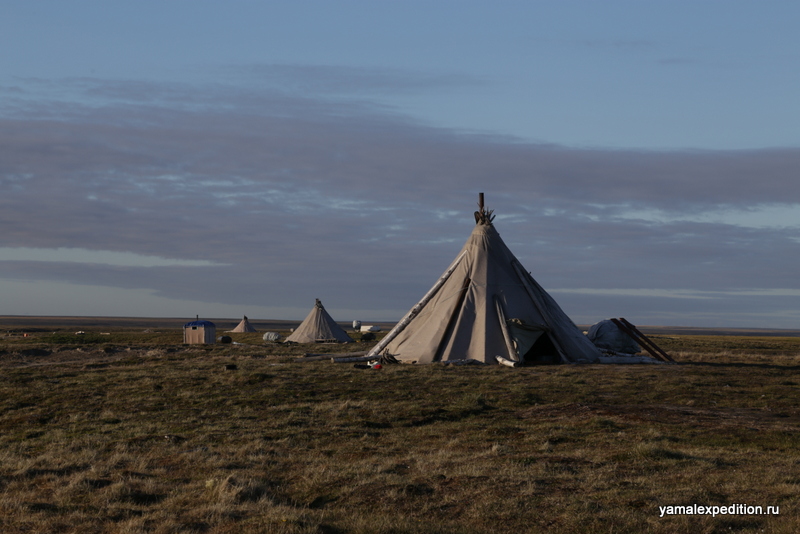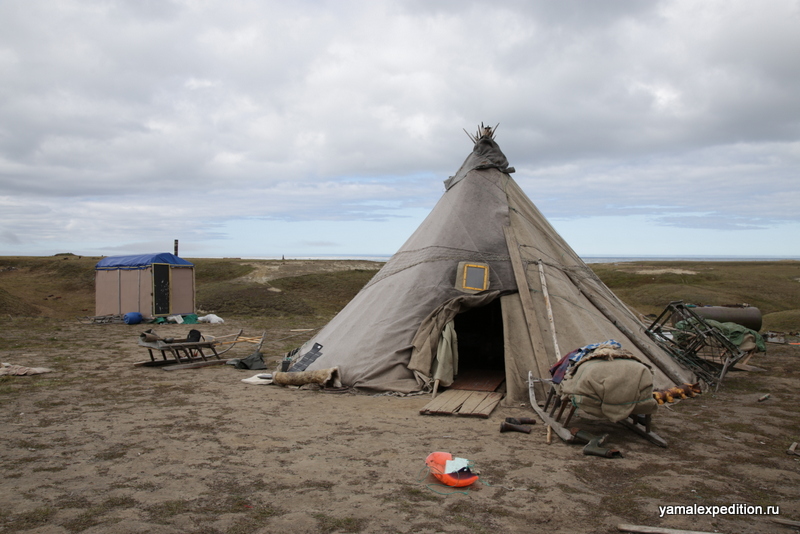A well-known anthropologist, a specitlist in Yamal population's culture, A.W.Golownyov, called the territory West from Bovanenkovo "a paradise of reindeer herders" for it's natural and climatic conditions. Following the same logic we could all Marra-Sale "a paradise of anthropologists". One can observe here rather isolated community of relatives who have some unique household strategies and who's intercommunication with neighbors have as well some unique qualities depending on the season. Scientists traditionally associate Yamal with reindeer herders and partly fishermen catching fith in local rivers and lakes. So small groups of people like inhabitants of Marra-Sale seldom become an object of exploration. Here we want to share with readers some observations of the Marra-Sale life without too many details.
Locals are following a settled livestyle: in the summertime they are living in chums, from Autumn to Spring - in a big house of abandoned military baze. After 1995, when the unit was discontinued, the big wooden 3-rooms building became a winter house for the local community of 4 chums.
Local Nenets catch fish in Kara Sea. They consider omul the most tasteful and valuable fish. Industrial town Bovanenkovo provides an almost endless market with new oportunities: fishermen sell their catch in the town and buy fuel and food. Some prices for your reference: omul – 350 Rubels/kg, whitefish (muksun) – 450 Rubels/kg, broad whitefish – 300–350 Rubels/kg, Siberian whitefish – 250 Rubels/kg.
Another traditional hunting here was the sea animals hunting (seal, bearded seal, seahorse). Nowadays people rarely go for hunting, because there is no demand for seal skin anymore. Although there is demand for seal fat used as a medicine, so maybe traditional haunting will revive one more time. Spring and Summer are time for bird hunting: geese, ducks, eider-ducks and other birds flying over this areas. While our stay in Marra-Sale young men were to eider-ducks hunting and brought back at least 40 birds.
Eider-duck:
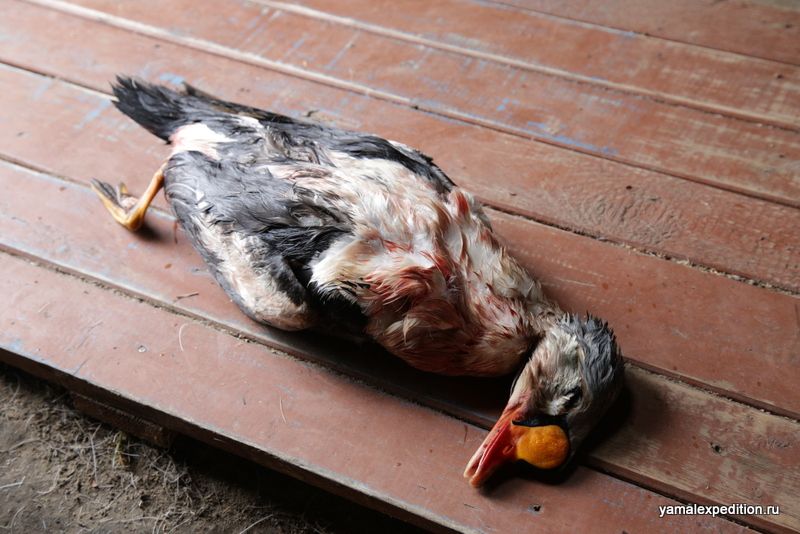
Antonina Syumzewna, Hadko's wife, plucking an eider-duck:
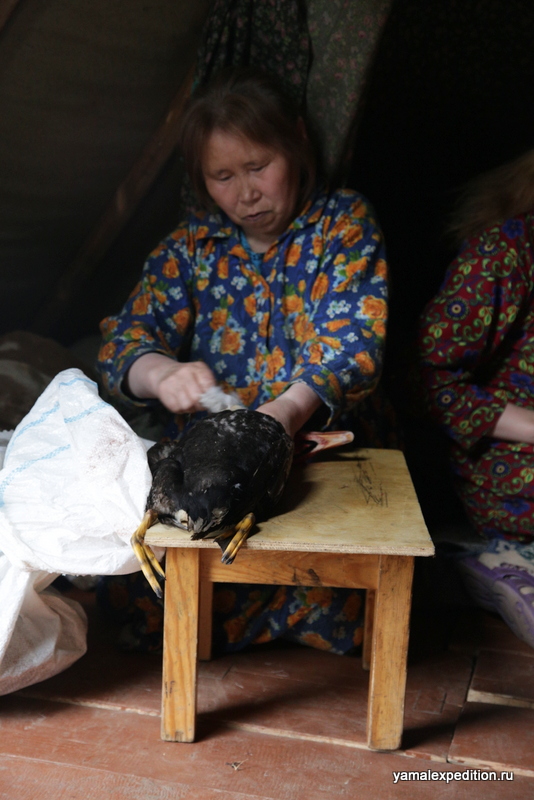
Marra-Sale inhabitants have their own reindeer herd (about 300 reindeers), in the summer time their relatives reindeer herders are taking care over the herd. According to locals we've been talking to, in winder reindeers are feeding "themselves" in the nearest tundra, and Marra-Sale men are visiting and controlling them from time to time on snowbikes. All Marra-Sale men can use lasso, but nobody is riding a team. We saw freight nartas near the chums, locals put there clothes, foos and wooden details for new nartas. Tundra reindeer herders, who specifically cares for good quality of nartas, would not praise these nartas of Marra-Sale inhabitants at all.
Other specific detail of Panayevskaya tundra (same as Priuralskaya tundra), different to the tundras further North, are female dresses tailored of bright shiny fabric with lurex. There are many girls in Marra-Sale, and local parents partly as a joke partly seriousely asked us about some bachelors among reindeer herders we know. By the way, our chum's hostess Albina grew up in Marra-Sale: after marrying Kostya she had to learn all skills needed for tundra from the very beginning.
Hadko's daughters: Zhenya, Sveta and Nyudyakone:
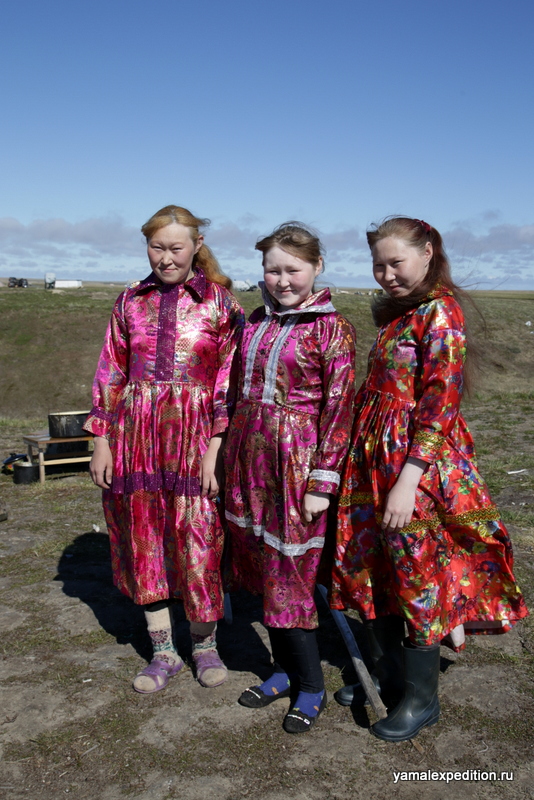
The settled life of Marra-Sale Nenets gave birth to some unique household characteristics. Unlike tundra inhabitants they don't need to limitate themselves with the lightest objects easy to carry on nartas. To cover during the sleep they use not yagushkas (women's winter cloth) but individual thick covers with duvet covers. They use porcellain places for soup, and everybody in a Marra-Sale family has own slippers to wear in chum and outside on the nearest area.
Inside one of the chums. Orthodox icon:
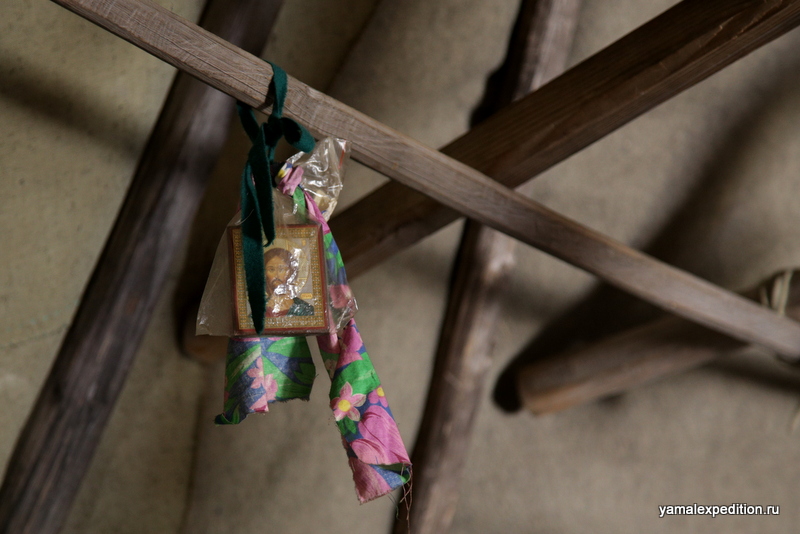
Chum of Nena Porangui:
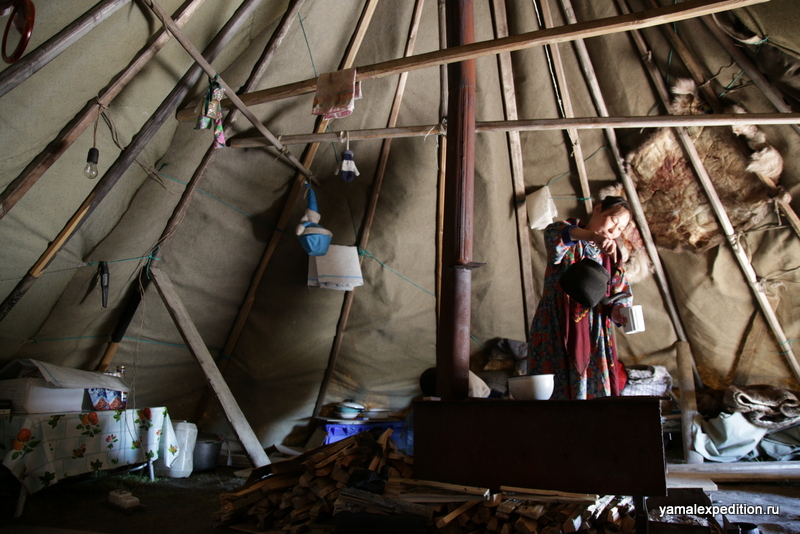
In this building Marra-Sale Nenets store food, and use is as a sauna:
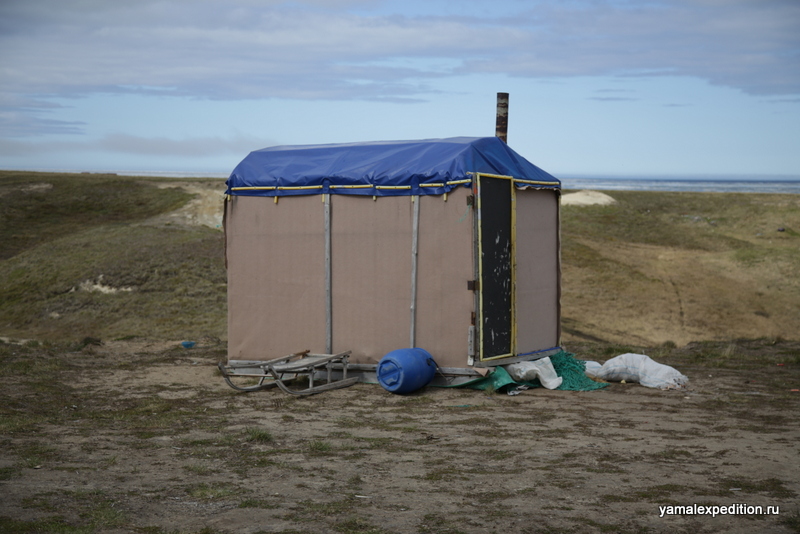
Tablet PC charging from sun battery:
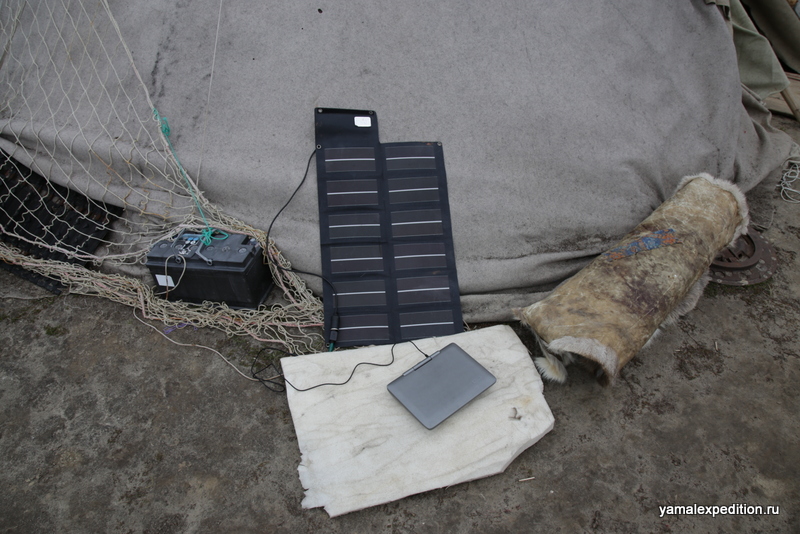
The settled lifestyle let locals to invent some new devices for everyday use. Hadko's eldest son, Taichi, living in the separate chum, invented a new stove on diesel fuel (before as fuel wastly was used driftwood, which is insufficient now near Marra-Sale). Now stove of the same construction is used in Taichi's father's chum. One month's use of diesel fuel (in Taichi's chum) is about 200 lts. It was quite unexpected for us to see a welding apparat in Marra-Sale. Using it Taichi has buit his stove construction, it is also used to repair motorboad. This welding apparat is also possible only in the settled lifestyle.
Welding apparat is used to repair a boat:
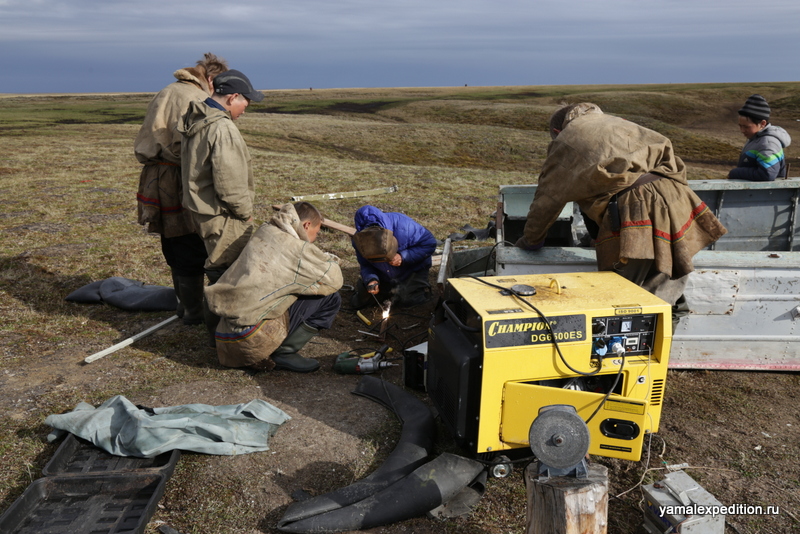
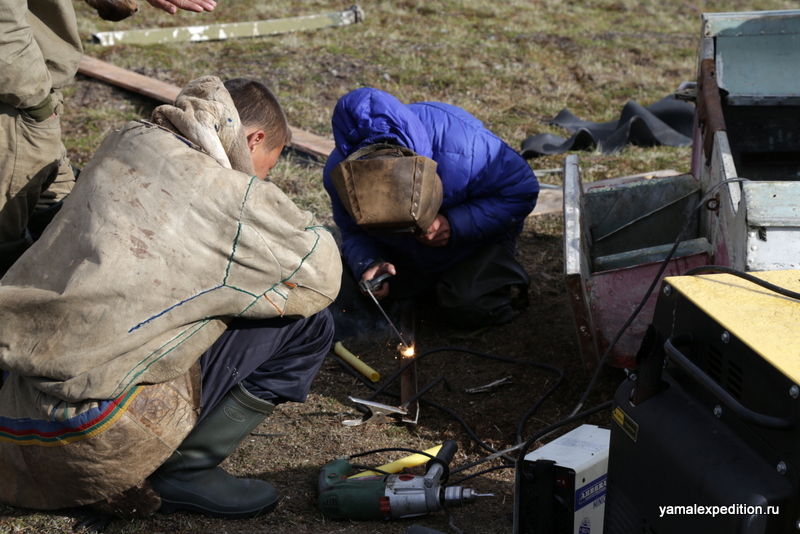
Diesel fuel stove:
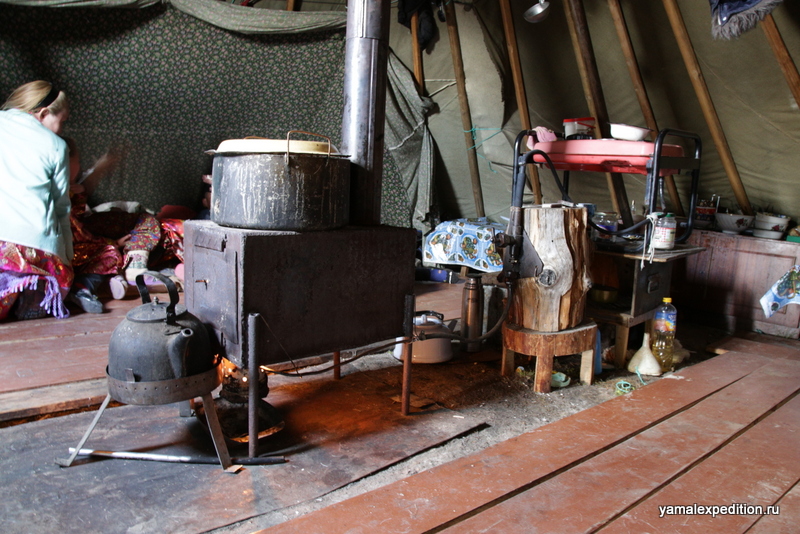
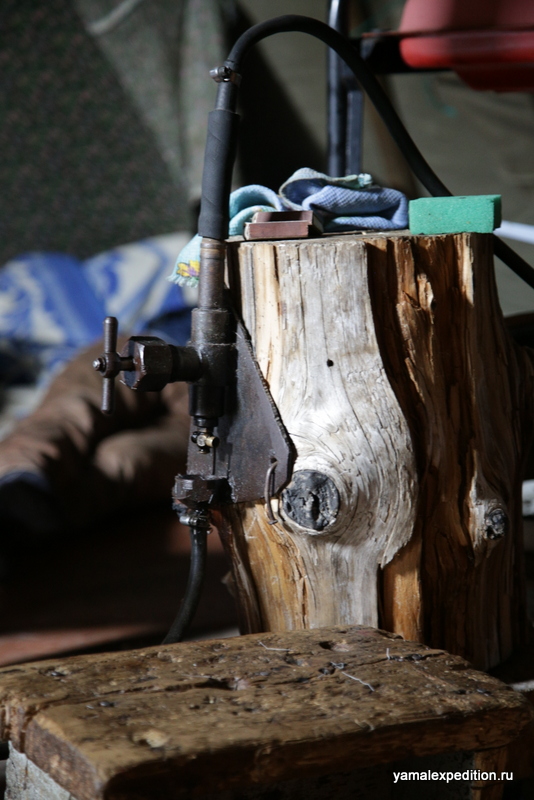
Hadko's son Taichi is repairing a boat:
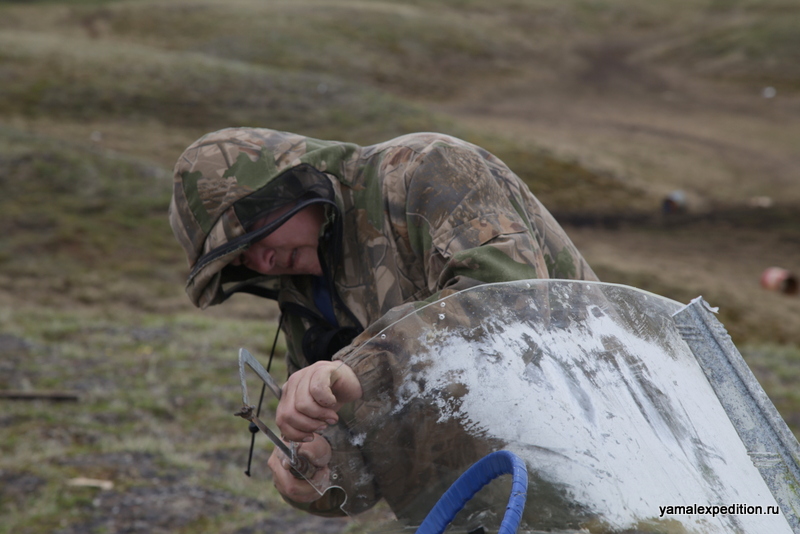
Taichi is working for a business man from Bovanenkovo, he buys for him horn and velvet antlers in tundra. Taichi comes to Bovanenkovo more often than others, bringing back fuel and food supply. So he is kind of connecting link between the industrial town and Marra-Sale inhabitants. He uses for tundra rides his quadricycle: to carry velvet antlers he is adding a narta to it, same as are added to snowmobiles in wintertime.
Quadricycle is an important means of transportation in Marra-Sale. Often it is also carrying some nartas:
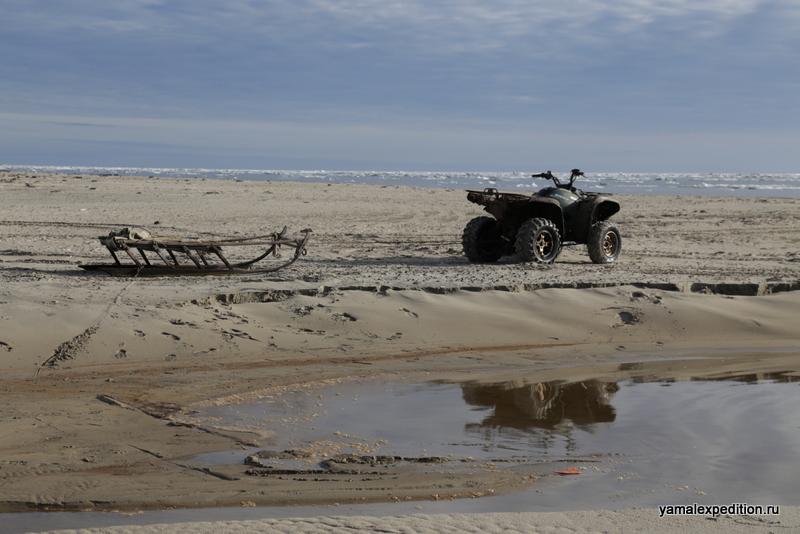
When Marra-Sale inhabitants talk about tundra reindeer herders, they use expresion "they, the Nenets" or "these Nenets". They kind of dividing their own living and living of tundra inhabinants. All Marra-Sale people talk Nenets between them. One of Hadko's sons doesn't understand Russian (just a little), because learned only until the 2nd grade.
On June 20th after waking up we visited neighbors' chums - first went to very open and ready-to-comunicate-any-time Taichi, then to Nene Porangui, Hudi family's relative, living in a chum with two children. We couldn't get in the 4th chum, located distant from others - it's hosts told us that kids were sick. Maybe they just didn't want to talk much to us.
In the afternoon Hadko and Pupta brought us to the meteorological station established in 1914:
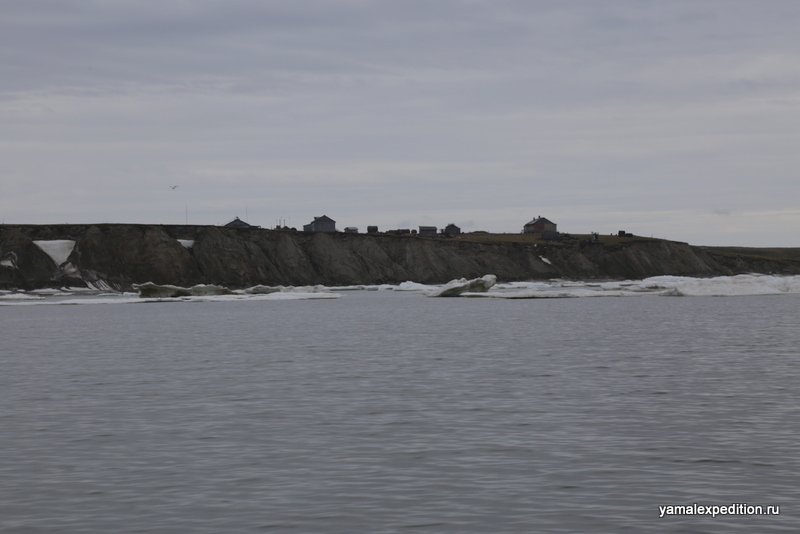
Besides new living, and at the same time working house and meteorological instruments room, here one can see buiding buit in different time (and thus being in different conditions). The oldest buiding here is from 1926. Station's geographical coordinates: N 69º42'55,1'' E 066º48'45,7''.
During our visit to the meteorological station there were two people there: Valery - station's chief meteorologist (47 y.o.) and his assiastant, young girl Lena, who was sent here to long-term internship. The usual stuff of such a station can reach 5-6 people, but now all other colleges are on vacations. Valery and Lena invited us to cup of tea and showed around the station. We realized that Valery belongs to the kind of people who manifestate "I've been living in Yamal for a long time, I know how reindeer herders live", but in reality their opinions are formed mostly with a full set of clishees and stereotypes. We prefered not to start discussions and felt very thankful for his warm welcome and detailed information about meteorological station.
Working place:
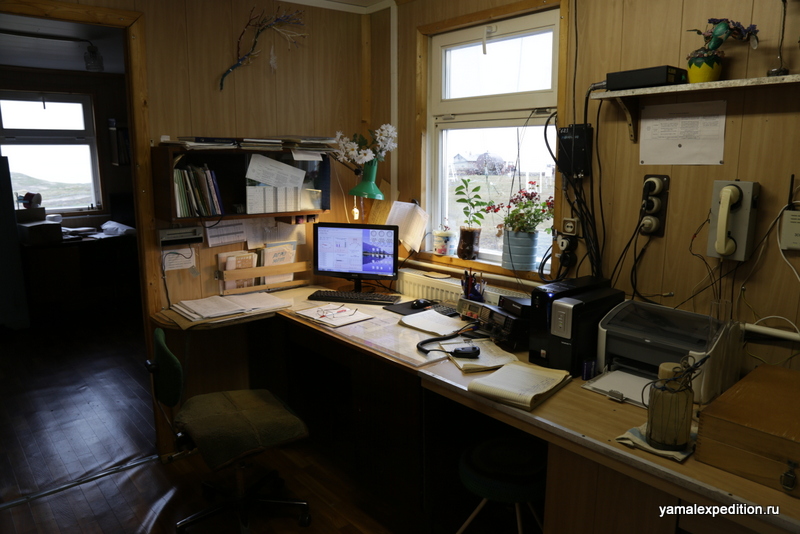
Meteorological station. Alexandra, Pupta and Hadko:
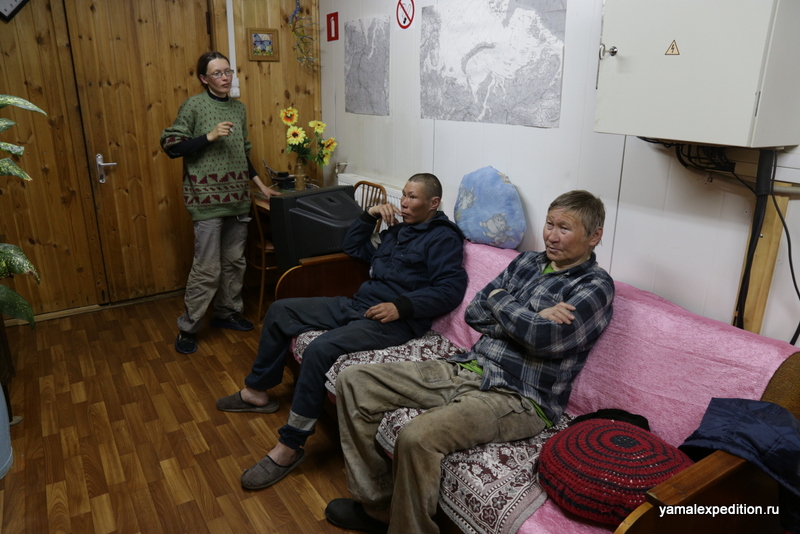
Station's library:
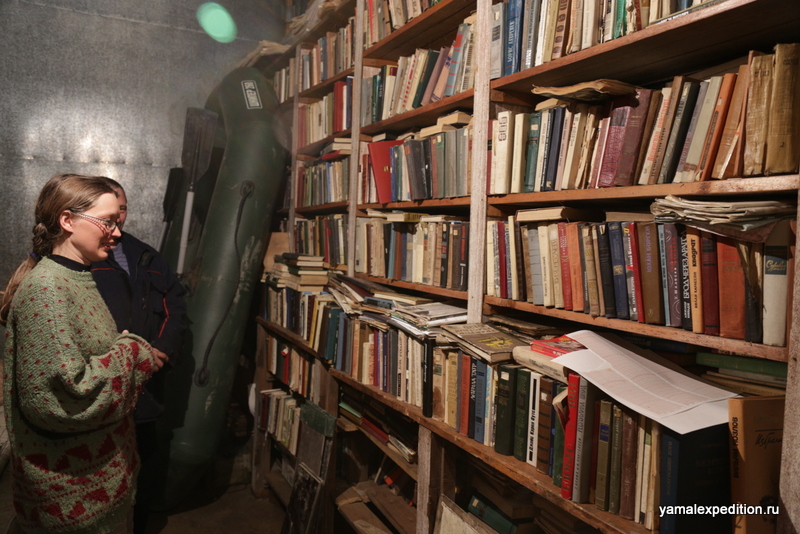
Diesel-driven genset:
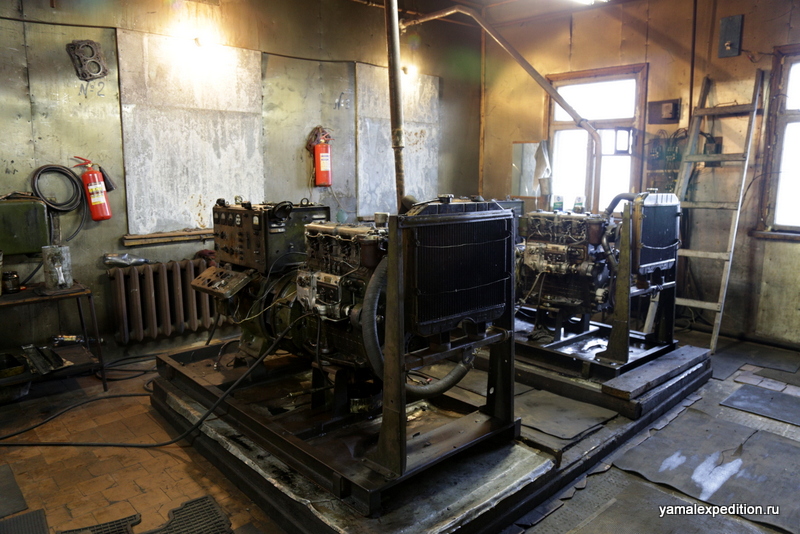
Valery – station's chief meteorologist:
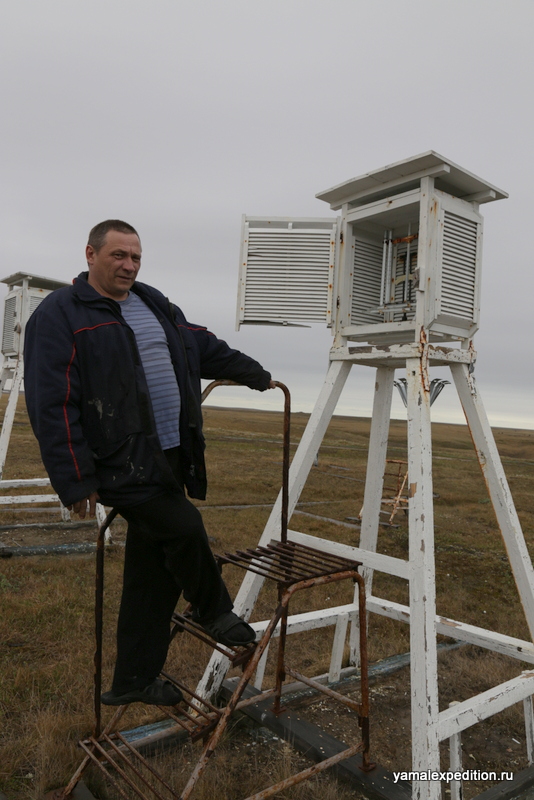
Lena, Valery's assistant:
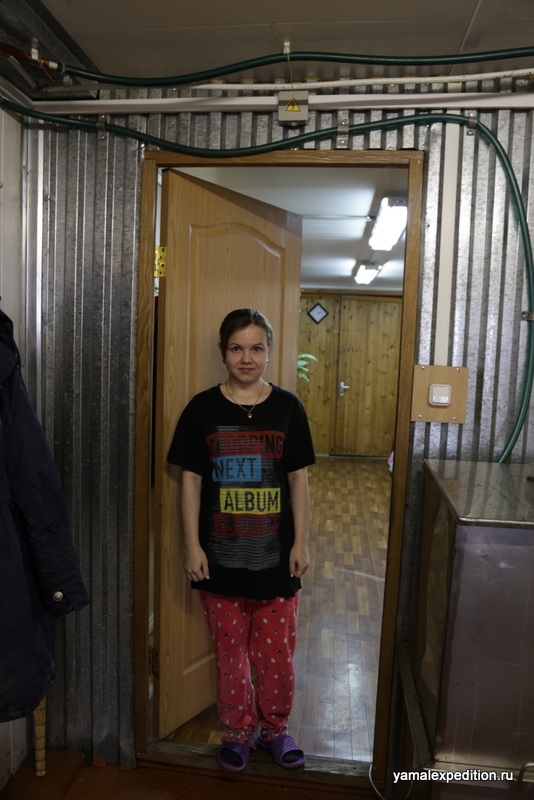
Meteorological station "Marrasalya":
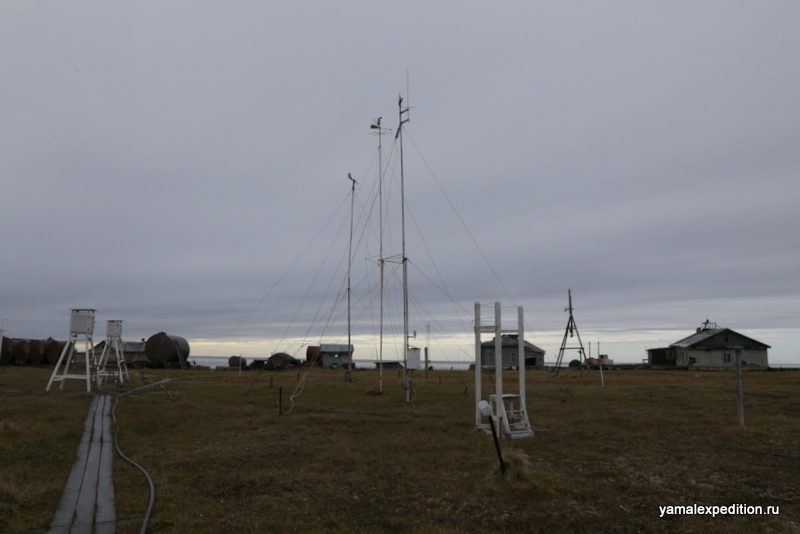
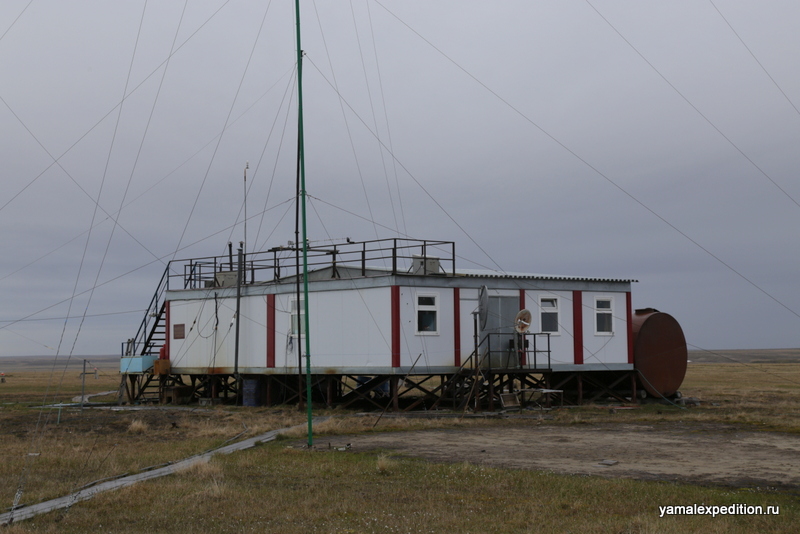
Meteorological station "Marrasalya". Emply oil barrels:
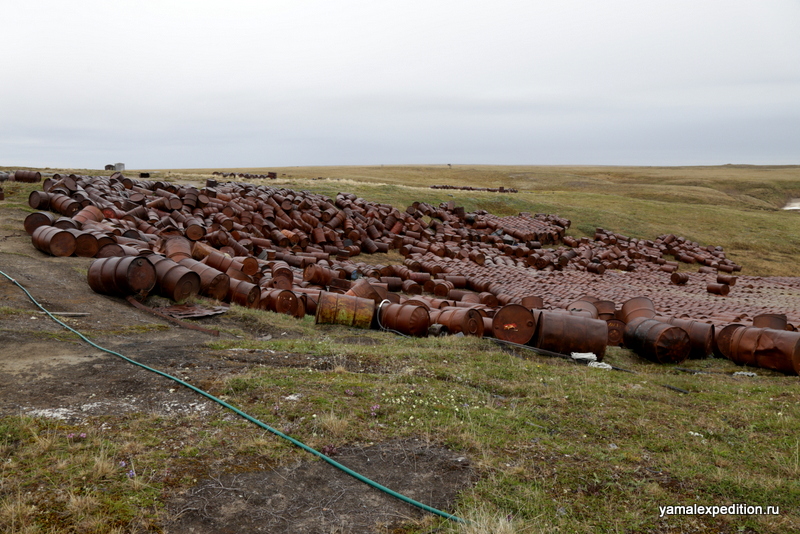
During our way back from the meteorological station we witnessed the real seal hunting. Pupta and Hadko planned it from the very beginning, and we could suppose this by observing not only a gun in our boat, but also a spear.
Hadko took a place at the steering wheel, Pupta sat at the arter-part regulating the motor's rotation speed according to Hadko's commands. After finding a seal between ice-cakes, Hadko tried to quide a boad near to it, at least to one shoot distance (20 m), which was not always possible (seals are shy and easy to scary - they dive as soon as they see the gun). After a while Hadko shot, Pupta immediately speedened the boat to the direction where a seal went under the water. Then Hadko picked a seal with his spear. The Nenets spear is a self-made socketed arrowhead and wooden stick about 1,5 m long. After hitting the target arrowhead disconnects from the stick. It's main purpose is not to kill the aminal, but avoid the drawning.
In the same conditions other hunters would make a lot of disaster - dead or injured seal - but Hadko with his deveral decades long experience didn't miss his target even once! We regret only what during this very fast hunt we didn't want to disturb the hunders and didn't even try to take our our cameras. So our so far biggest impression of Yamal expedition stayed unfilmed.
Hadko (Sergey Ilyich) after seal hunting:
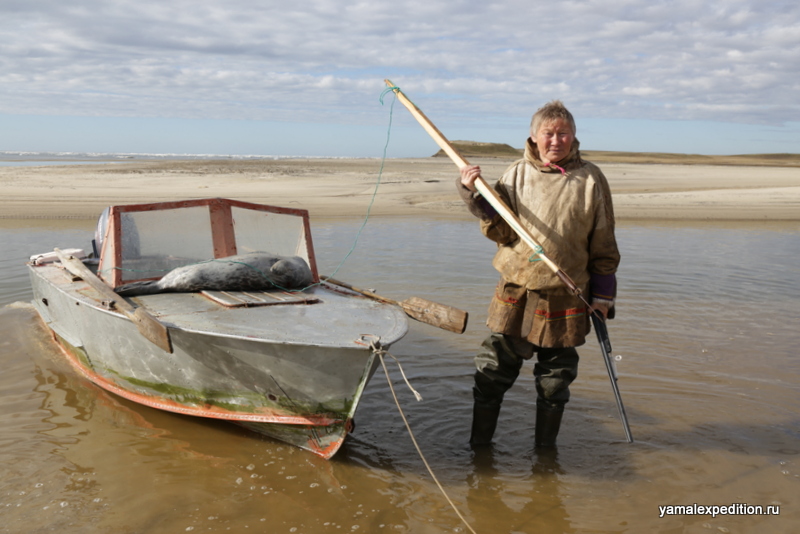
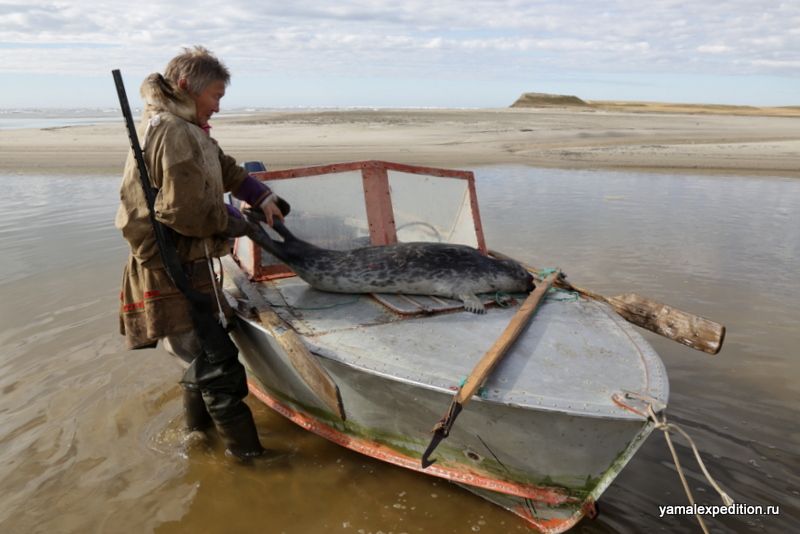
Spear:
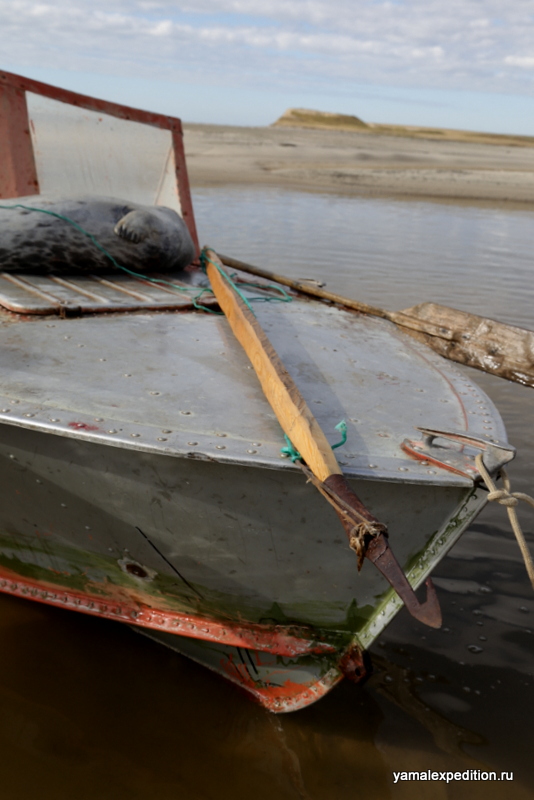
Hadko himself butchered the seal and in the evening we've tried seal meat for the first time. When reading about travellers in the Nord, one often describing sela meat as one with the taste of fish, as something impossible to eat or just not tasty, and they would eat it because whre was no other choice and without any pleasure. Don't believe in these descriptions: dark and fatty seal meat is quite tasty and nourishing. We felt no fish taste, although the Nenets here cook it without any spices - just boil or fry.
Butchering:
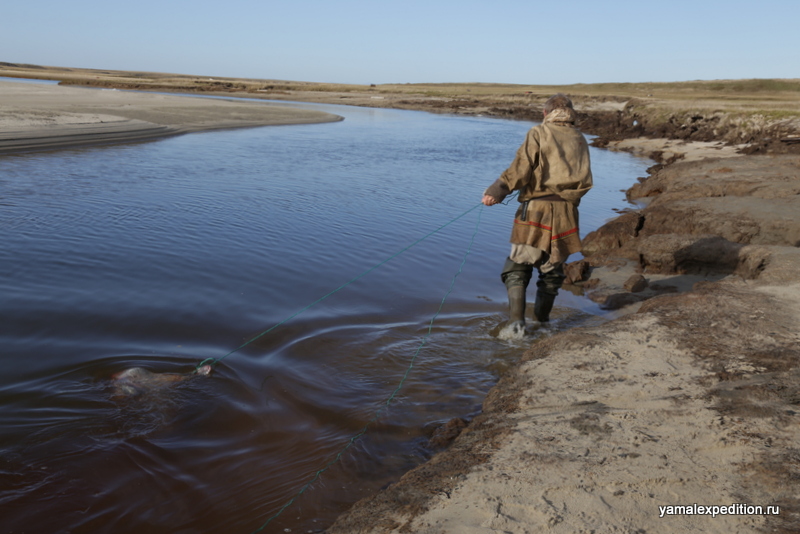
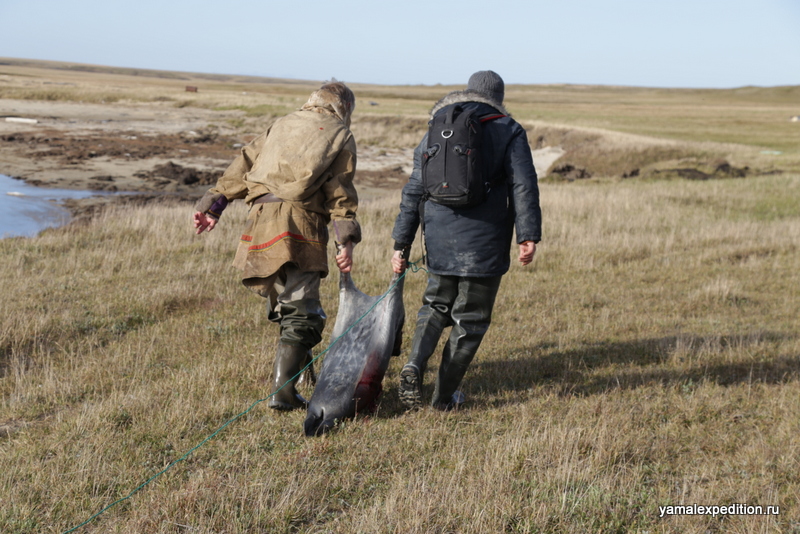
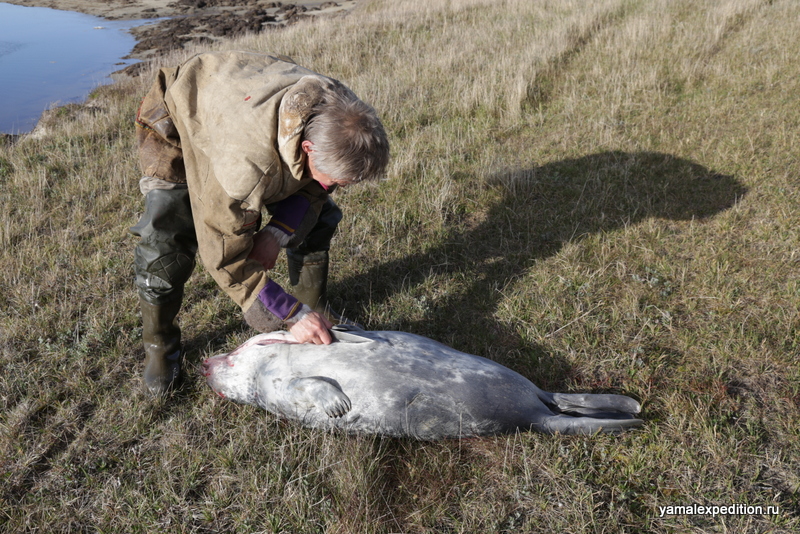
Seal's blood is exceptionaly bright and thick. According to the hunters, it's because seals are spending so much time in cold water:
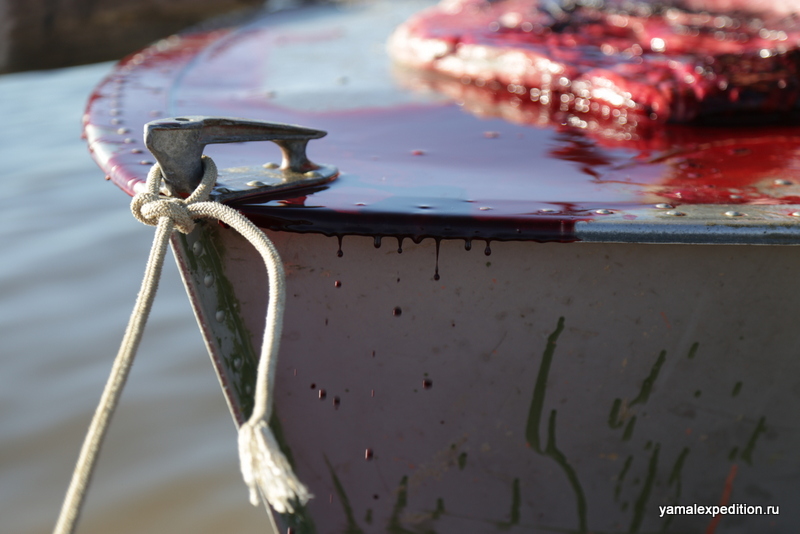
During the same day later we visited a former military base, which is located further West of Marra-Sale chums, between living area and Kara sea. We knew a lot about the abandoned military base from Albina. Several building and piles of metal have cought our attention once we reached the area. We don't want to comment the pictures below. Just one note: speaking about industrial rubbish in Yamal, one think usually about oil and gas stations and blame workers of these industries. This time we'd like to express our disaporoval to the Defence Ministry of Russian Federation for the situation. Special attention we'd like to focus on alone-standng tomb of an unknown soldier. Marra-Sale inhabitants say, that the soldier who was burried here, died in 1950ies, he had no relatives and that's why was burreid near the base. Even his name is vanished from the tomb, and for sure it is not the proper way to honor the state's soldiers.
Abandoned military base in Marra-Sale:
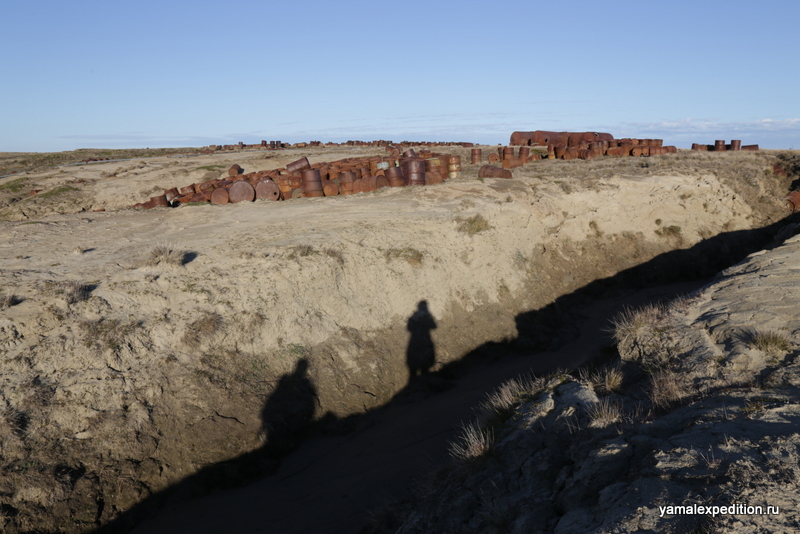
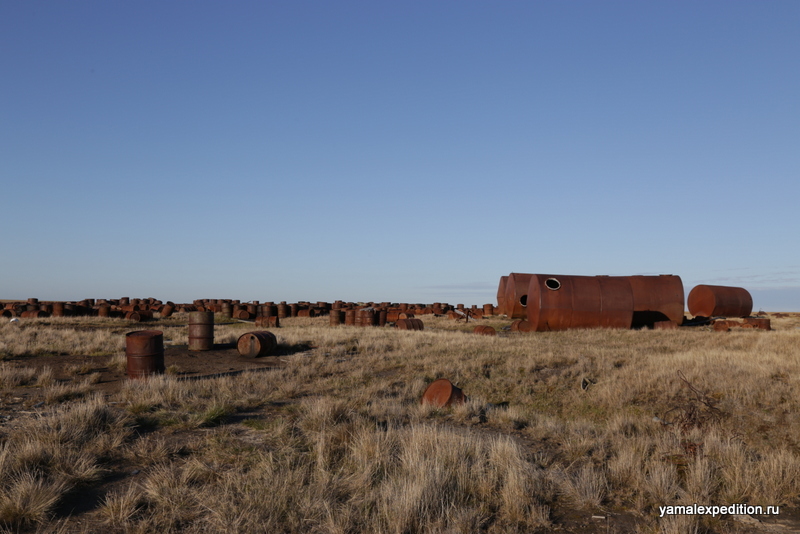
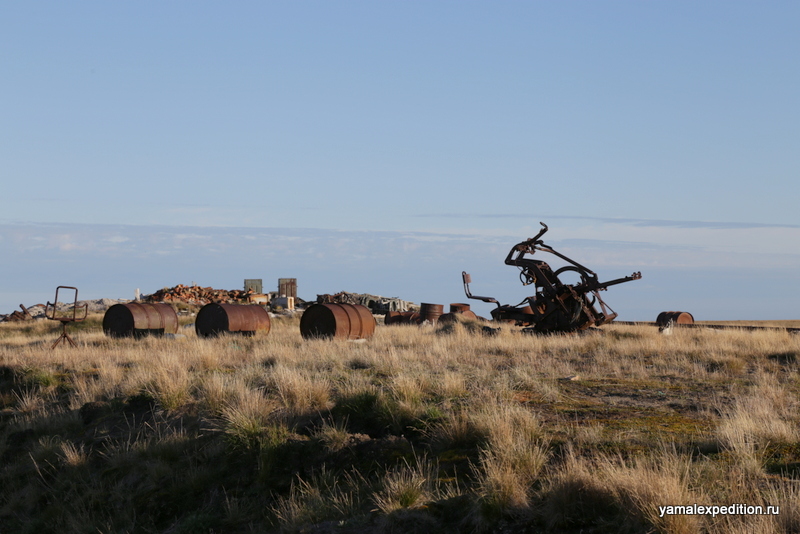
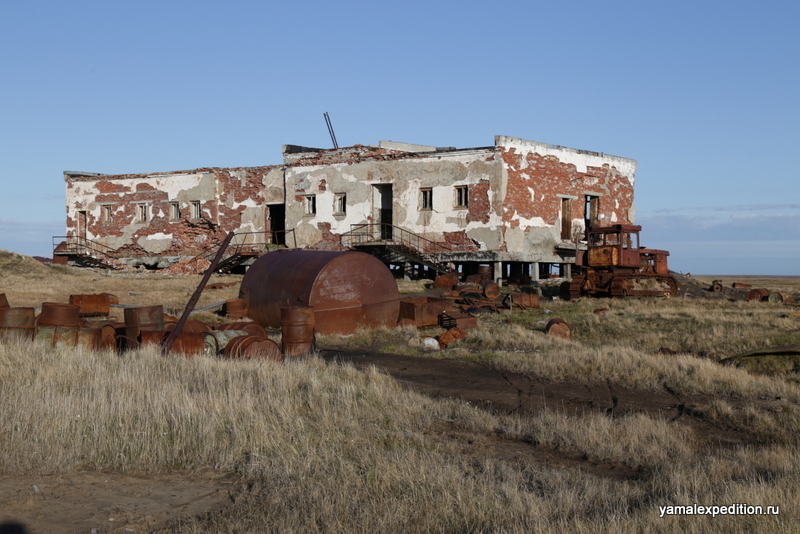
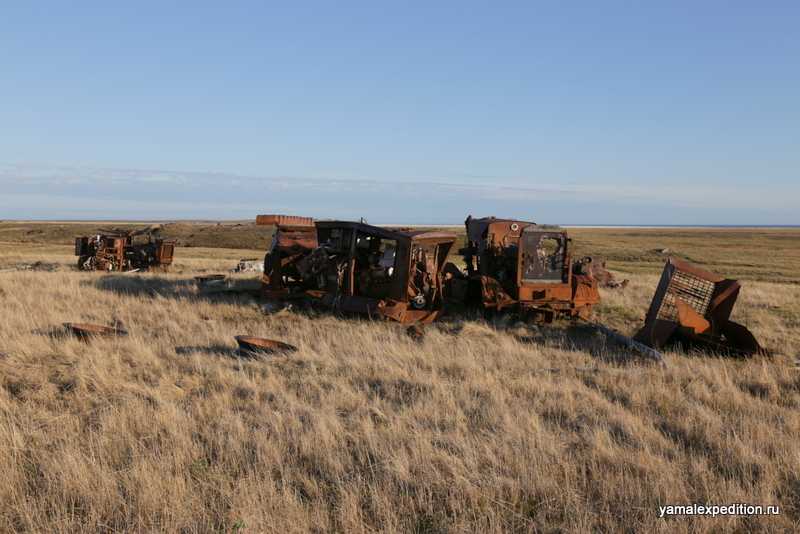
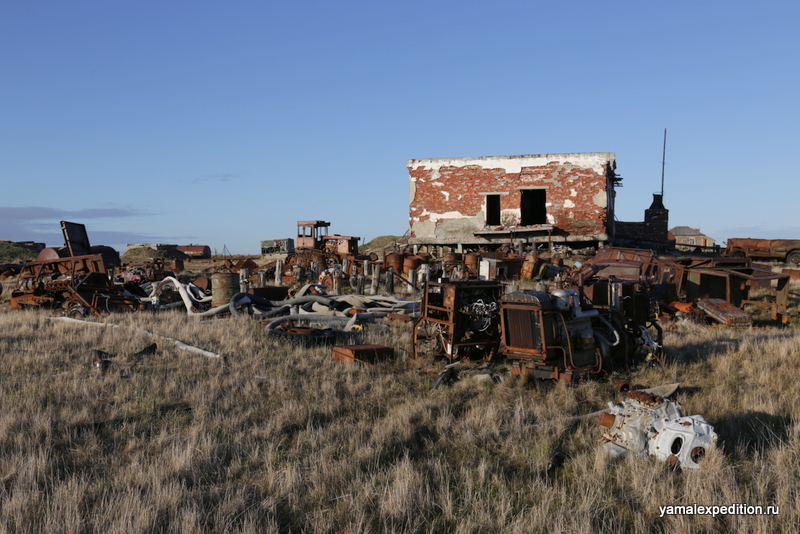
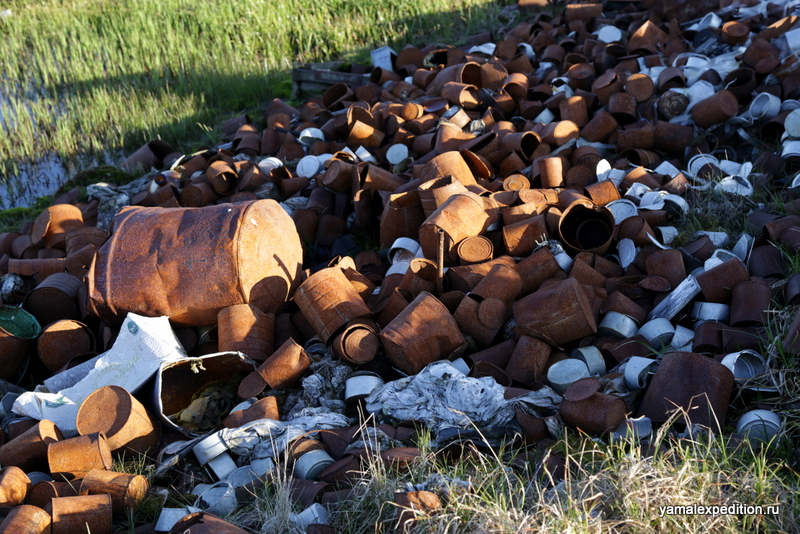
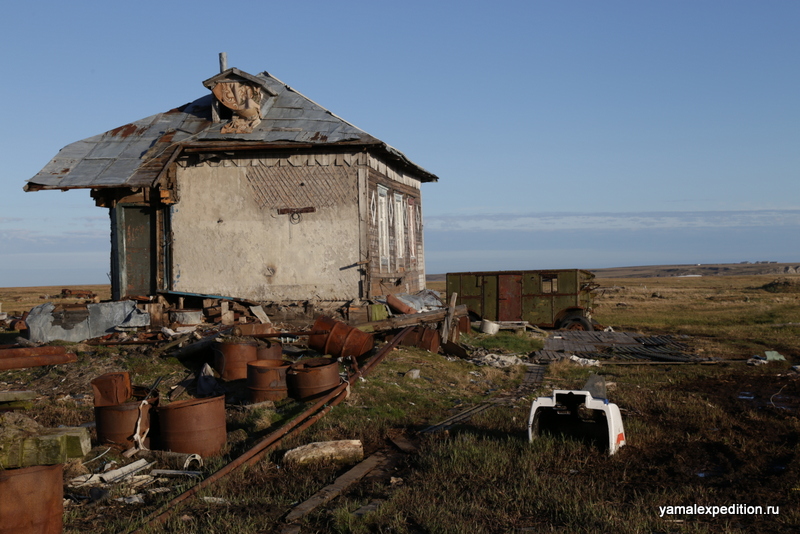
The only living buiding in the former military base in Massa-Sale:
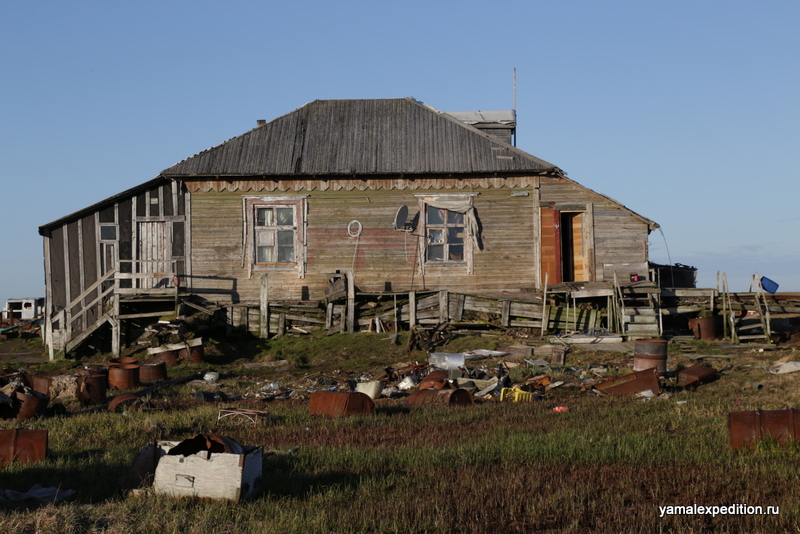
Unknown soldier's tomb: 